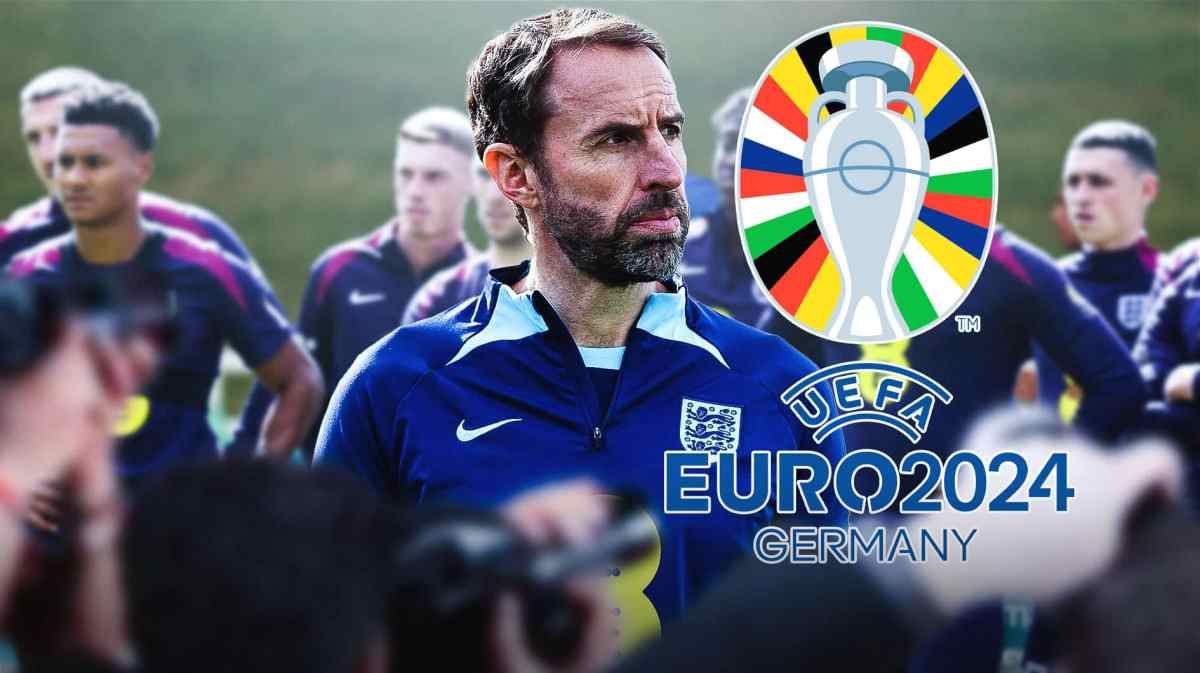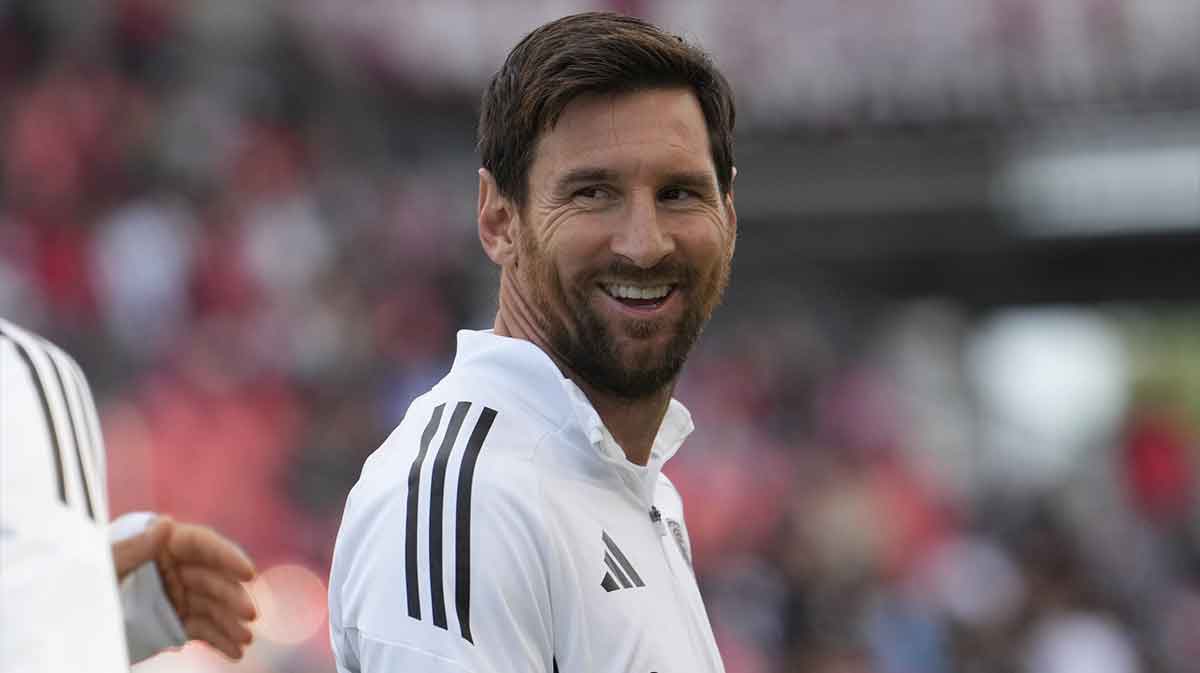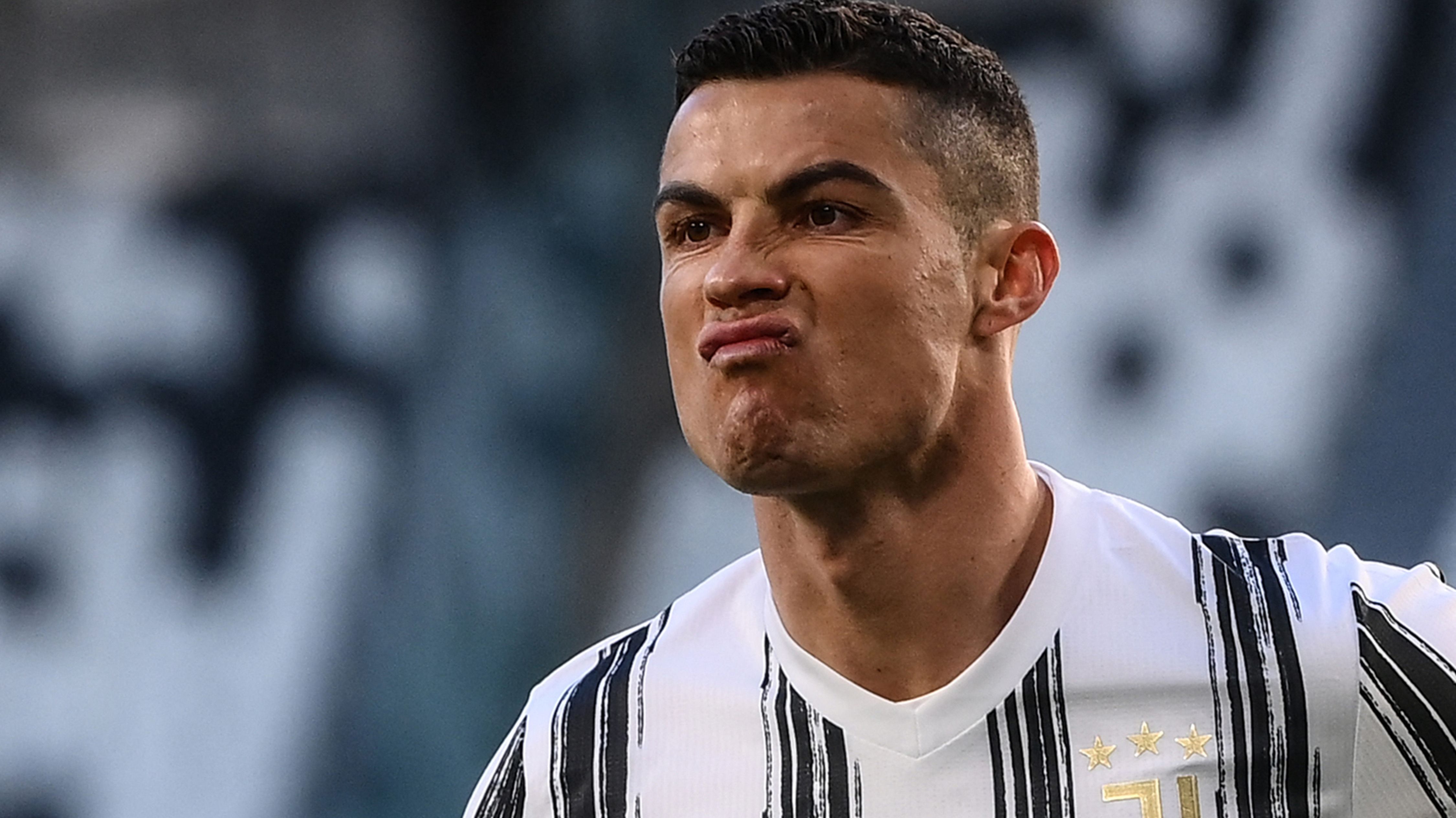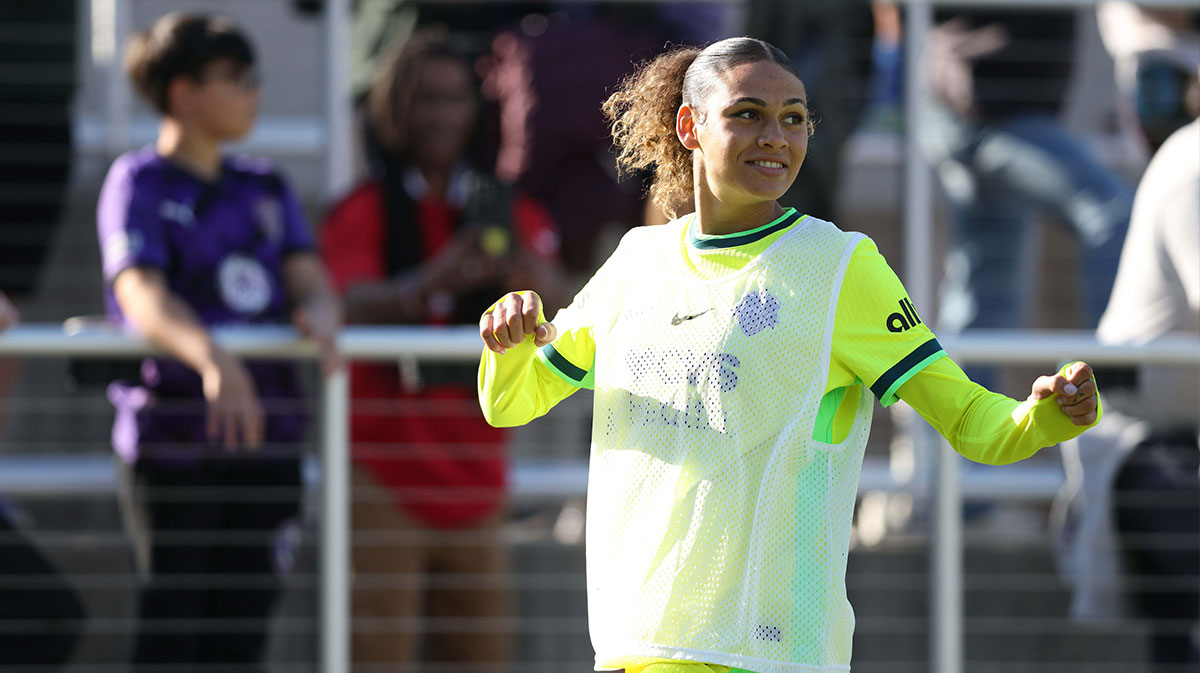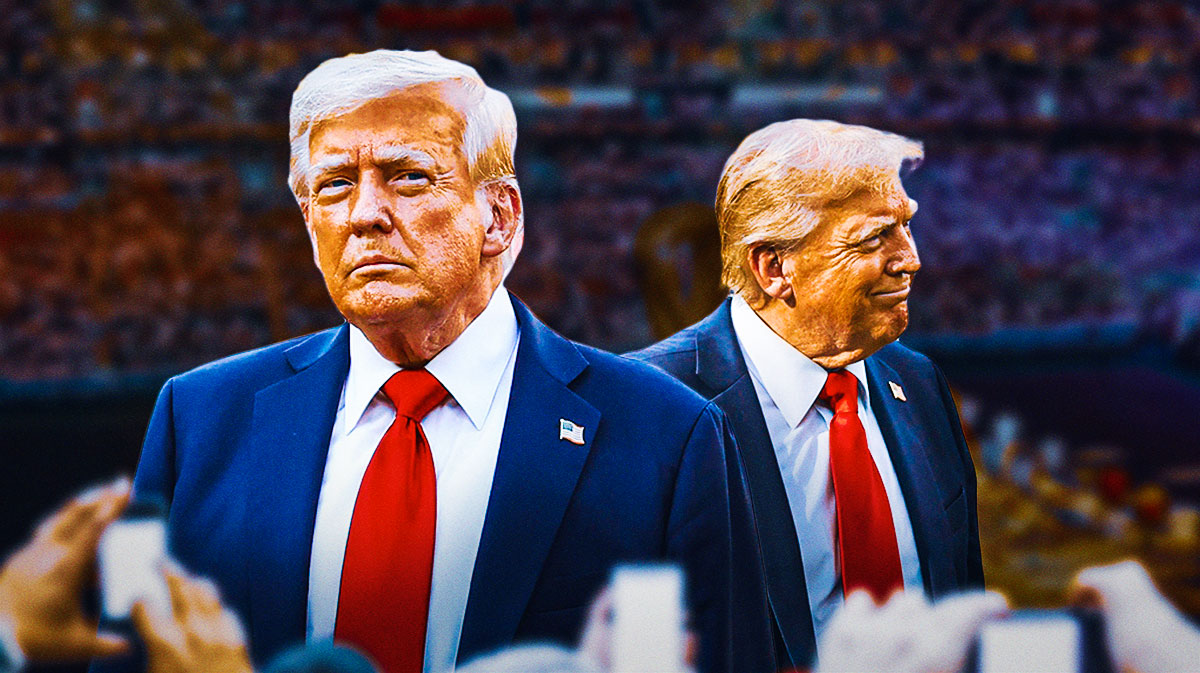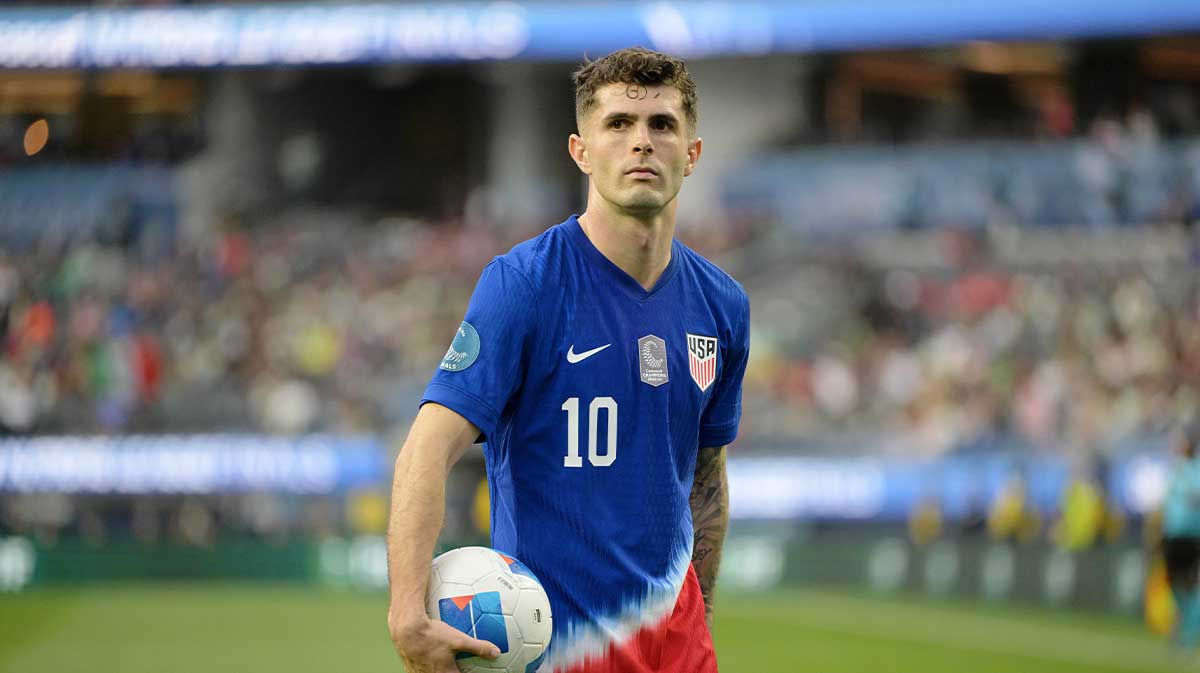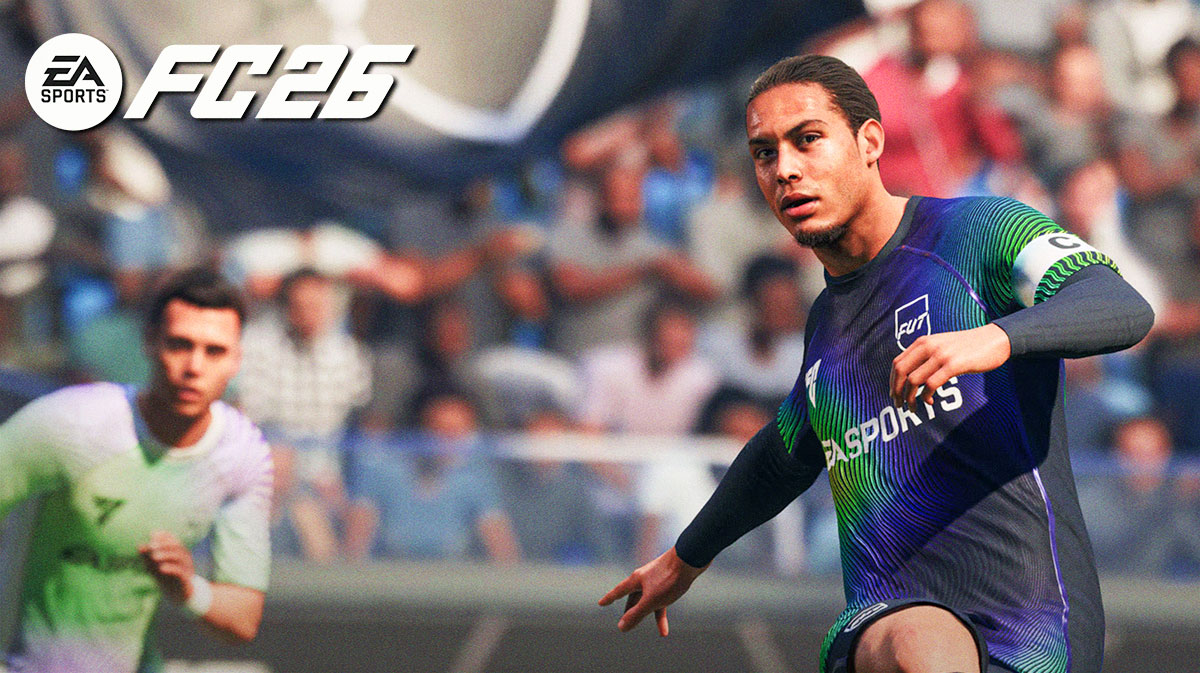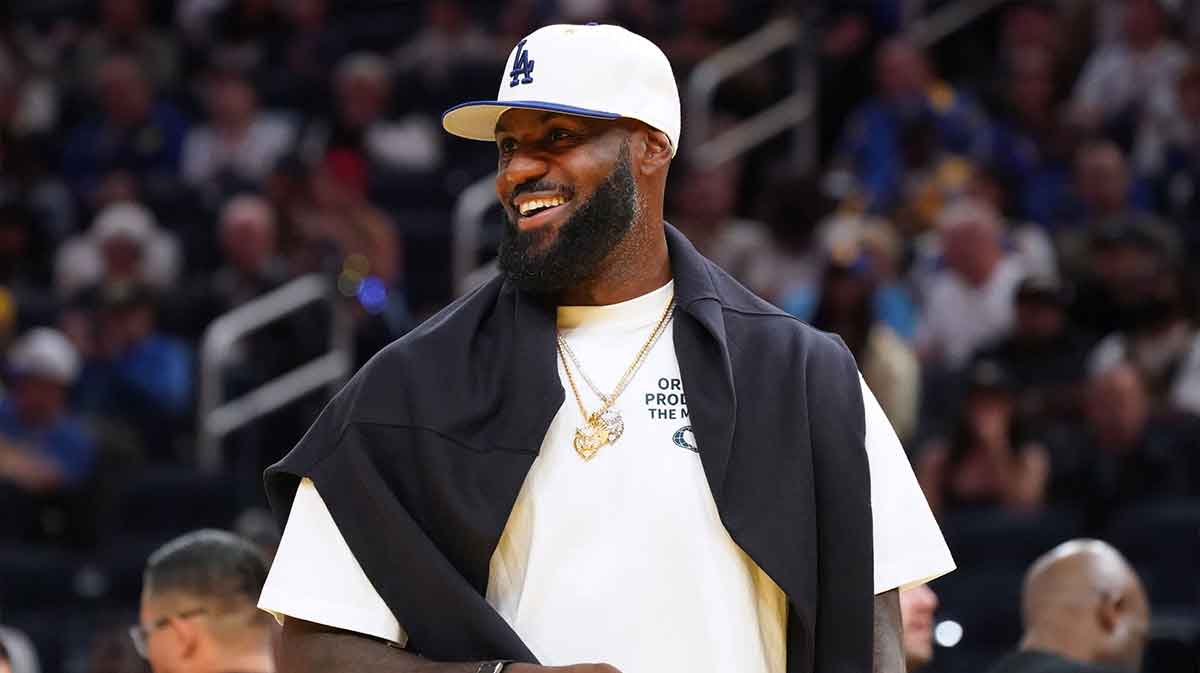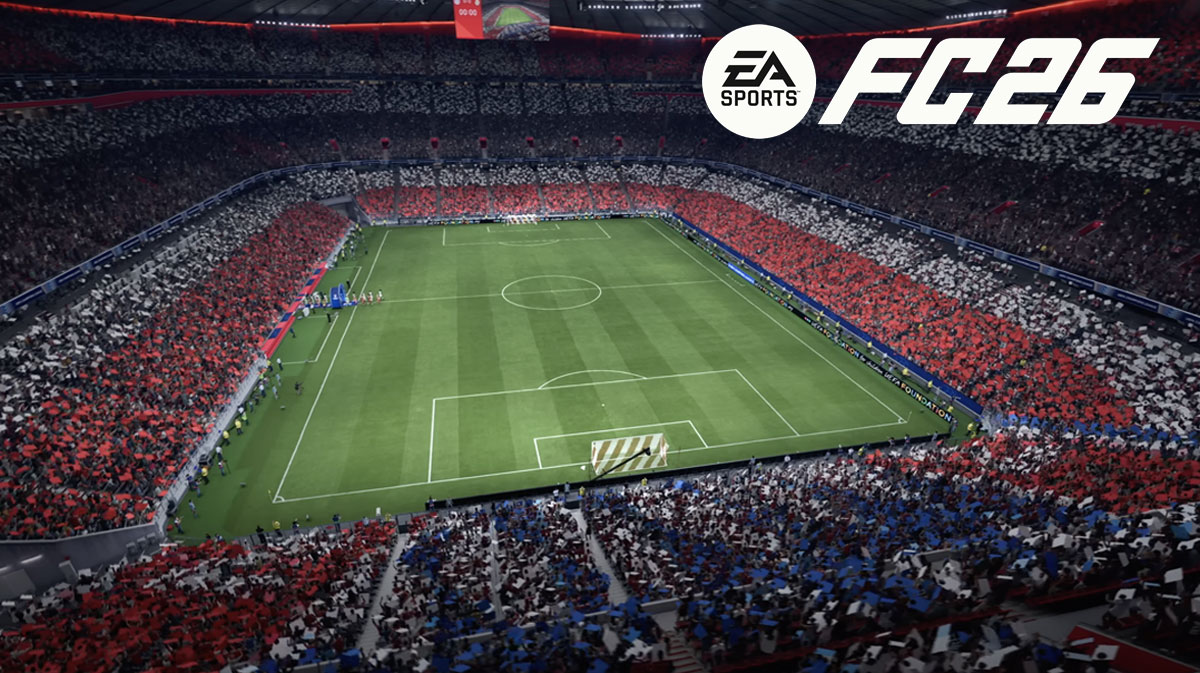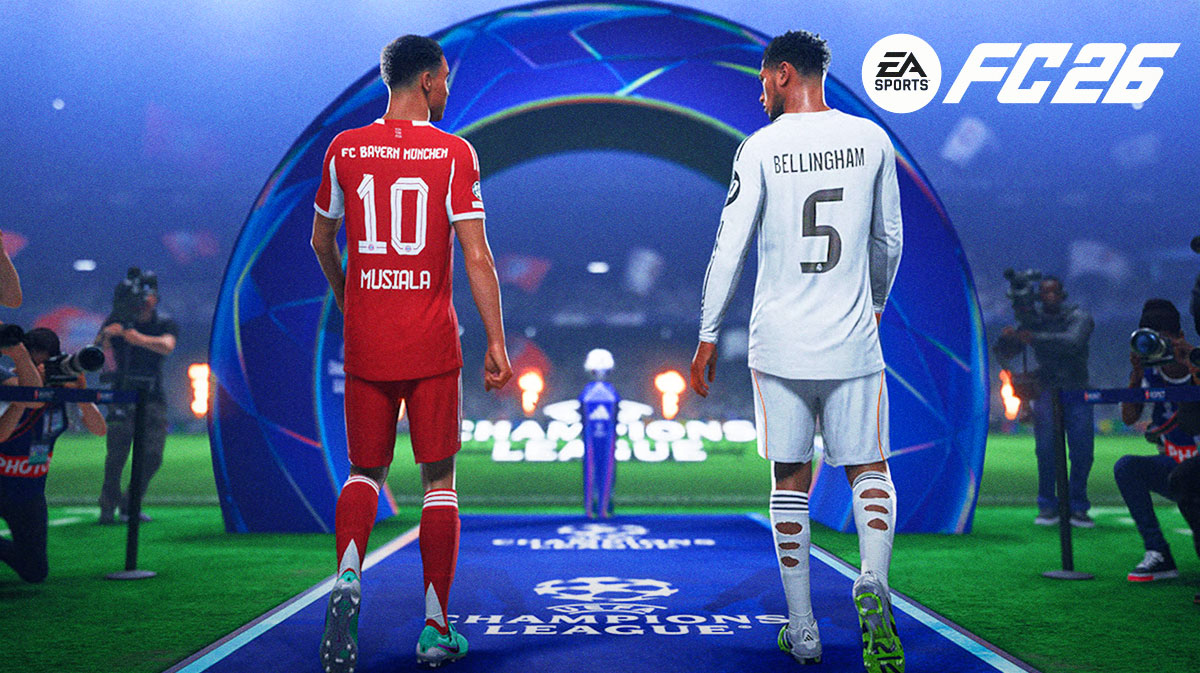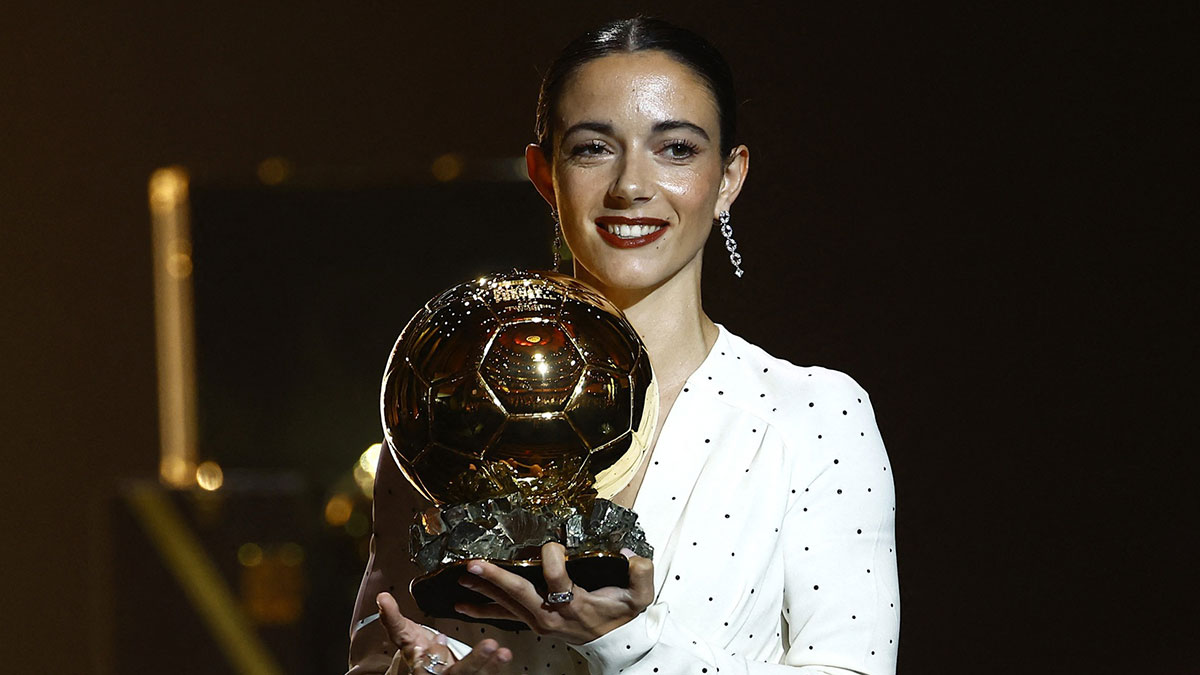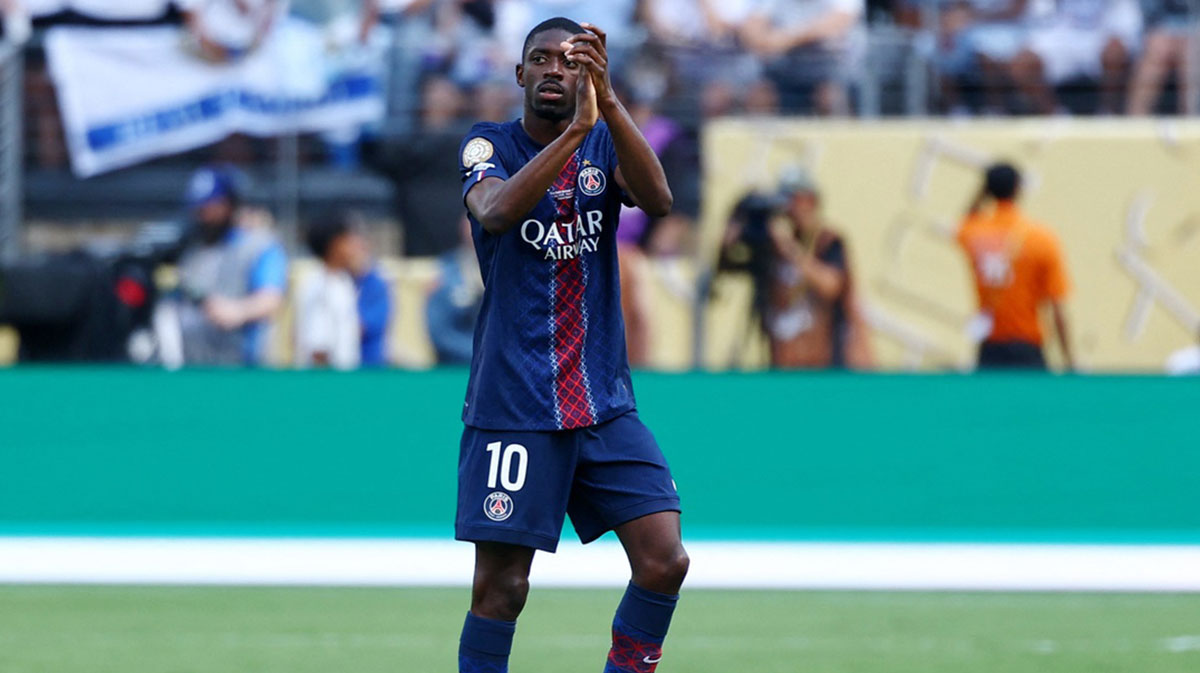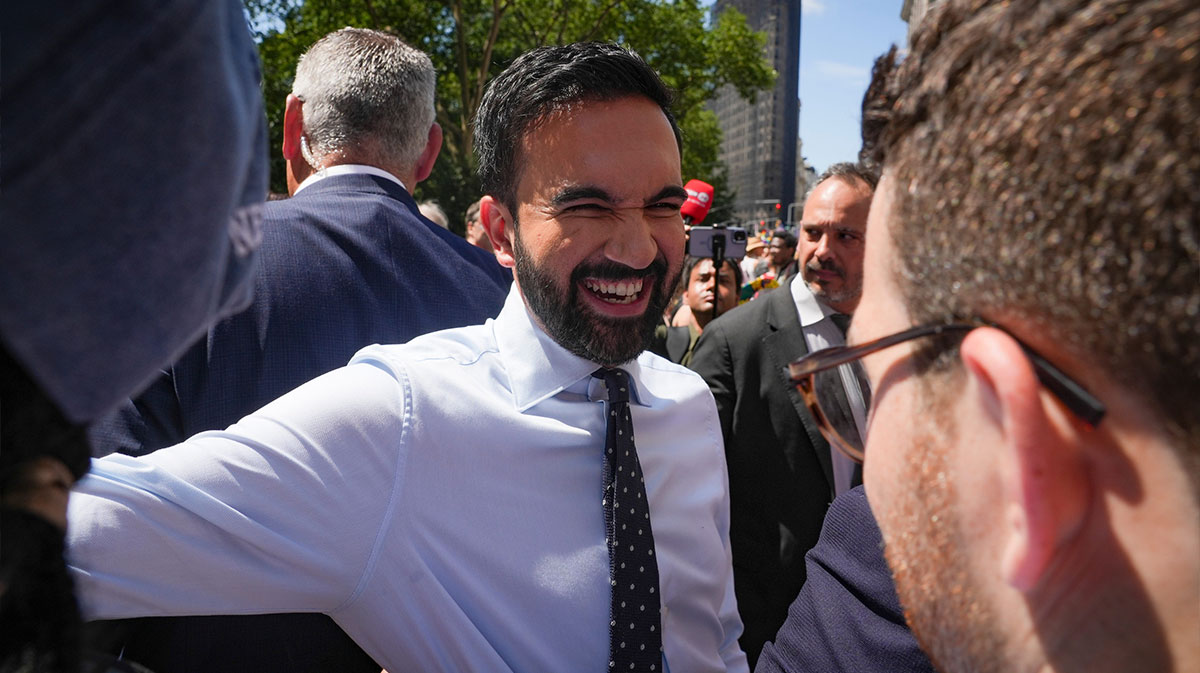England's national team is facing a significant challenge as they navigate through their Euro 2024 campaign. Manager Gareth Southgate’s decision to include an injured Luke Shaw in the squad and neglect more natural left-back options is under intense scrutiny. This move is proving costly for the Three Lions, who have struggled to find balance on the left flank.
Southgate is known for his cautious managerial style, often opting for a conservative approach with his team selections and strategies. Historically, he has preferred using two holding midfielders and has been slow to call up players who are just beginning to make a name for themselves at their clubs. However, Southgate has recently deviated from his usual conservative approach. In March, he fast-tracked then-18-year-old Kobbie Mainoo into the squad after initially leaving him out. In May, he omitted long-time servants Jordan Henderson and Marcus Rashford from his provisional squad for Euro 2024, and eventually also left out Jack Grealish for his final squad. He even brought in Adam Wharton, who had less than four months of top-flight experience.
The most significant risk Southgate took was including Luke Shaw in his squad for the Euros despite Shaw being injured since February. With Shaw’s continued absence, England is without a left-footed full-back in their 26-man squad. This has created a glaring problem for the team in their early matches in Germany.
The left-back crisis for England
Without Shaw, England has had to rely on Kieran Trippier to fill the left-back role. Trippier, a right-footed player, has struggled to adapt to this position. In warm-up games against Bosnia & Herzegovina and Iceland, it was evident that he was not suitable for the role. Trippier’s tendency to take extra touches to switch the ball to his right foot has slowed down England’s attacks on the left side.
In Germany, Trippier’s difficulties have been even more pronounced. He has appeared incapable of overlapping effectively against opponents like Serbia and Denmark. This has limited England’s attacking options, as they have primarily attacked down the right flank, resulting in both of their goals coming from that side. Trippier's defensive positioning has also been problematic, contributing to Denmark's equalizer when Harry Kane found himself out of position.
The absence of a natural left-back has affected not only the defense but also the performance of left-winger Phil Foden. Foden, who thrives with overlapping full-backs like Nathan Ake at Manchester City, has struggled without a similar presence in the England squad. This has left England's left flank disjointed and ineffective.
Southgate acknowledged the impact of Shaw’s absence after the Denmark game, admitting that the team lacked balance without their best left-back. While praising Trippier’s effort and spirit, Southgate conceded that the team’s left-side dynamics were disrupted by having a right-footed player in the left-back position.
With Shaw only just returning to full training, it remains doubtful whether he can regain full fitness in time for the knockout stages. Shaw’s injury history, which includes a severe double limb fracture in 2015 and numerous muscle injuries, adds to the uncertainty.
To mitigate the issue, some analysts have suggested deploying Bukayo Saka at left-back. Saka, who played left-back at youth level and occasionally for Arsenal, could provide a left-footed option. However, this would involve asking one of England’s best right-sided forwards to adapt to a new role, a risky move in a critical tournament phase.
Gareth Southgate's previous successes and current challenges
Southgate has previously been praised for building a cohesive England team that reached the World Cup semi-finals in 2018 and the Euro 2020 final. His approach has often been about stability and gradual improvement. However, in his fourth major tournament, he seems to be improvising more than ever.
The gamble with Shaw, compounded by the omission of a natural left-back backup, has left England vulnerable. Southgate’s decision to exclude players like Tyrick Mitchell, who has had an outstanding season with Crystal Palace, is now being questioned. Mitchell, a natural left-back, could have provided the balance that England desperately need. His durability and recent form make him a strong candidate, yet he was overlooked in favor of more versatile, but less suitable, options.
Southgate's reluctance to bring in Mitchell is puzzling given the player's ability to perform consistently. Mitchell has thrived under the new Crystal Palace manager, Oliver Glasner, playing as a left wing-back in a 3-4-2-1 formation. His performances were crucial in Palace’s strong finish to the season, and he demonstrated his capability in both defensive and attacking roles. This versatility could have been beneficial for England, especially in a tournament setting where tactical flexibility is often required.
The broader impact on the team
The left-back issue has a ripple effect on the entire team. With Trippier struggling on the left, players like Phil Foden and Raheem Sterling have had to adjust their play. Foden, in particular, has found it challenging to replicate his club form for Manchester City, where he benefits from the overlapping runs of left-footed full-backs. This disjointed play on the left wing has made England’s attacks predictable and easier to defend against.
Moreover, the lack of a natural left-back has forced Southgate to rely heavily on the right side for offensive plays. This predictability makes it easier for opponents to set up defensively. The imbalance has also led to increased pressure on right-back Kyle Walker and right-winger Bukayo Saka to deliver consistently.
England's solutions and strategies
As England prepares for their final group game against Slovenia, Southgate faces a critical decision. Shaw’s fitness remains a concern, and it is unrealistic to expect him to be match-ready after such a long absence. Southgate might need to consider alternative strategies to address the left-back issue.
One potential solution is to shift to a back three, allowing the use of wing-backs. This system could see players like Ben White or Joe Gomez, both of whom have some experience in wider defensive roles, being deployed more effectively. This change could also provide more cover for the center-backs, who have been exposed due to the imbalance.
Another option is to continue with Trippier but adjust the team’s tactical approach to minimize his shortcomings on the left. This could involve more central playmaking and quick switches to the right side, where Walker and Saka have been effective.
Southgate’s decision to include an injured Luke Shaw and neglect a natural left-back backup has created significant challenges for England in Euro 2024. The impact of this decision is evident in the team’s disjointed play and lack of balance. As the tournament progresses, finding a solution to the left-back problem will be crucial for England’s success.
The situation underscores the importance of thorough squad planning and the need for natural options in key positions. Southgate’s gamble has not paid off so far, but with some tactical adjustments and perhaps a bit of luck, England can still navigate these challenges and aim for a deep run in the tournament.

